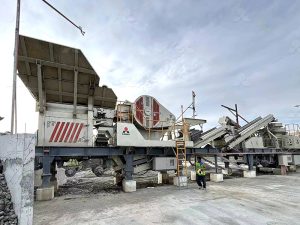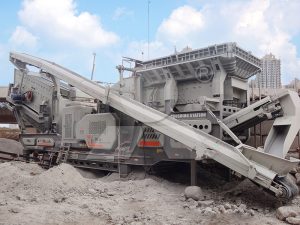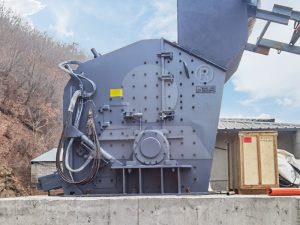As the heart of a rock production line, the rock crusher's stable output is directly related to the overall economic benefits of the project. However, in real-world production, operators often encounter the daunting problem of a sudden drop in equipment output. Don't panic! This article will deeply analyze the five common causes of output drops and provide effective solutions to help you quickly resume production.
1. Changes in Material Properties
Cause Analysis: Sudden changes in the hardness, moisture, or particle size of the feed material. For example, increased moisture causing material to stick to the crushing chamber, or hardness exceeding the equipment's design range, can severely impact crushing efficiency.
Solution: Adjust the feed rate to ensure uniform and continuous feeding. For materials with excessive moisture, install drying equipment or adjust the screening system before the feed inlet to remove moisture in advance.
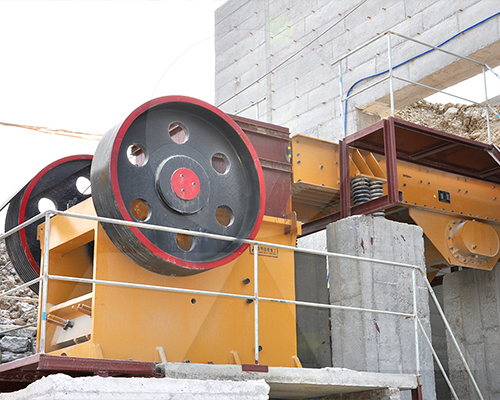
2. Crushing Chamber Blockage
Cause Analysis: Uneven, excessive, or rapid feeding, or an undersized discharge port, can cause material to accumulate and clog the crushing chamber, commonly known as "blocking," preventing the equipment from functioning properly.
Solution: Immediately shut down the machine and clear the clogged material from the crushing chamber. After restarting, ensure uniform feeding and adjust the discharge opening appropriately to ensure smooth material flow.
3. Severe Wear of Core Components
Cause Analysis: Consumable parts such as the jaw plate, mortar wall, and crushing wall are in direct contact with the material. After long-term operation, wear and tear will increase, leading to increased clearances, reduced crushing efficiency, and coarser finished product particle size.
Solution: Regularly inspect the wear of consumable parts. If wear exceeds the service life limit, immediately shut down and replace them. Selecting high-quality wear-resistant parts, such as high-manganese steel, can significantly extend their service life and ensure effective crushing.
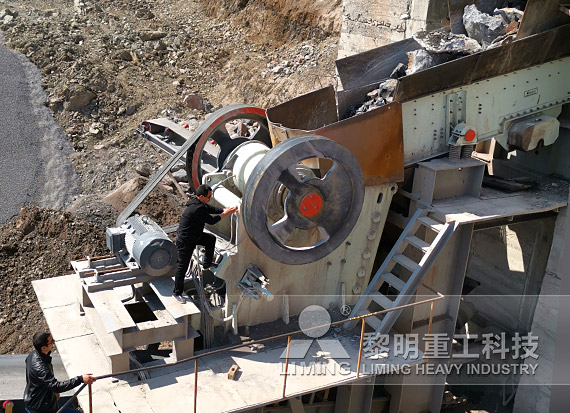
4. Transmission System Abnormality
Cause Analysis: A loose V-belt, motor, or drive bearing failure can lead to insufficient power transmission, reduced spindle speed, and a direct reduction in production.
Solution: Check and tighten the belt to ensure it is appropriately tight. Listen carefully to the operating sound of the equipment. If any unusual noise or vibration is detected, immediately shut down the machine, inspect the motor, bearings, and other transmission components, and repair or replace any damaged parts promptly.
5. Unstable Voltage or Belt Slippage
Cause Analysis: Grid voltage fluctuations can cause unstable motor output power, while belt slippage can cause the motor to idle, preventing it from transmitting effective power to the crusher's main shaft.
Solution: Ensure the equipment is operating under stable voltage. Check the belt for aging or excessive oil contamination, and clean or replace it if necessary to ensure sufficient friction between the belt and pulley.
In short, when crusher output decreases, a systematic investigation should be conducted, focusing on materials, equipment, and operation. Only through scientific analysis and precise maintenance can your equipment resume efficient operation and maximize production capacity.

